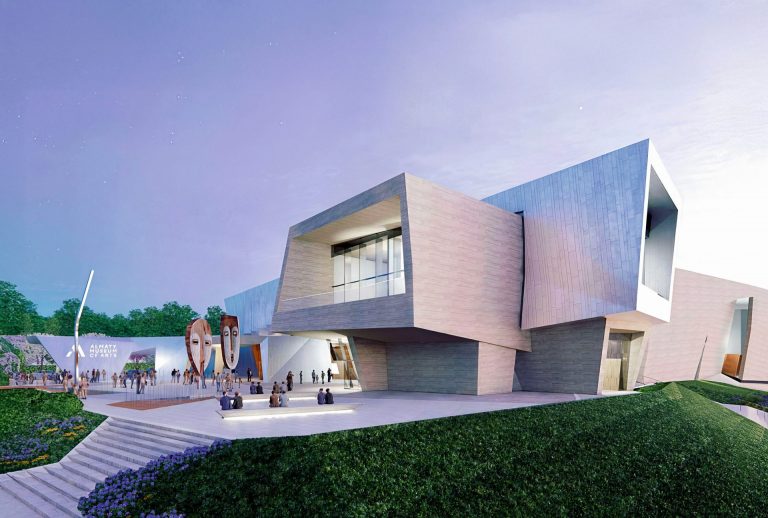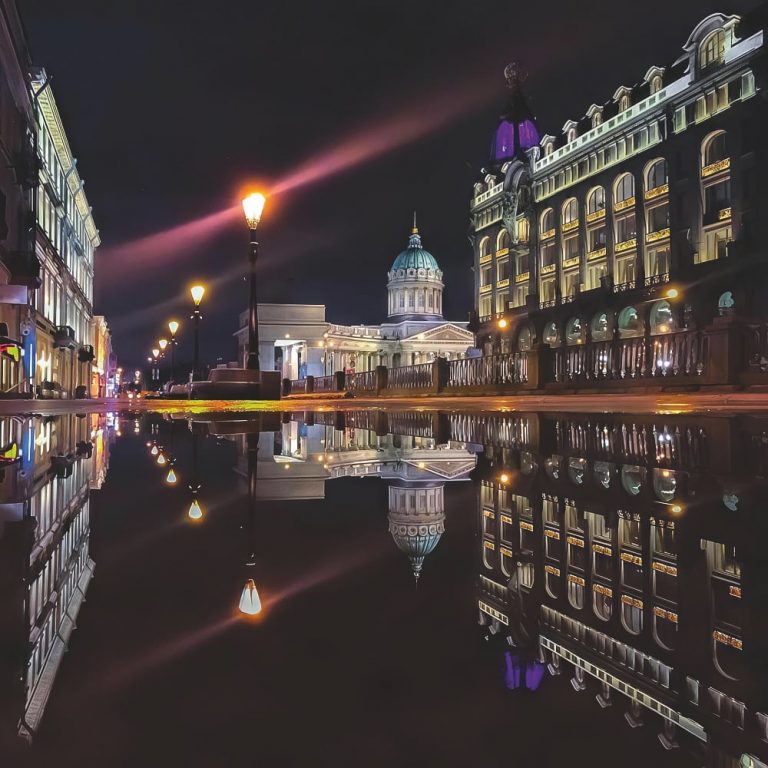Georgia is a destination that appeals to every traveler. Its unique culture, stunning nature, vibrant cuisine, and indigenous wine, coupled with the renowned Georgian warmth and hospitality, make it an unbeatable choice. That’s why spending a weekend in Tbilisi and its surroundings is the formula for an ideal weekend escape.
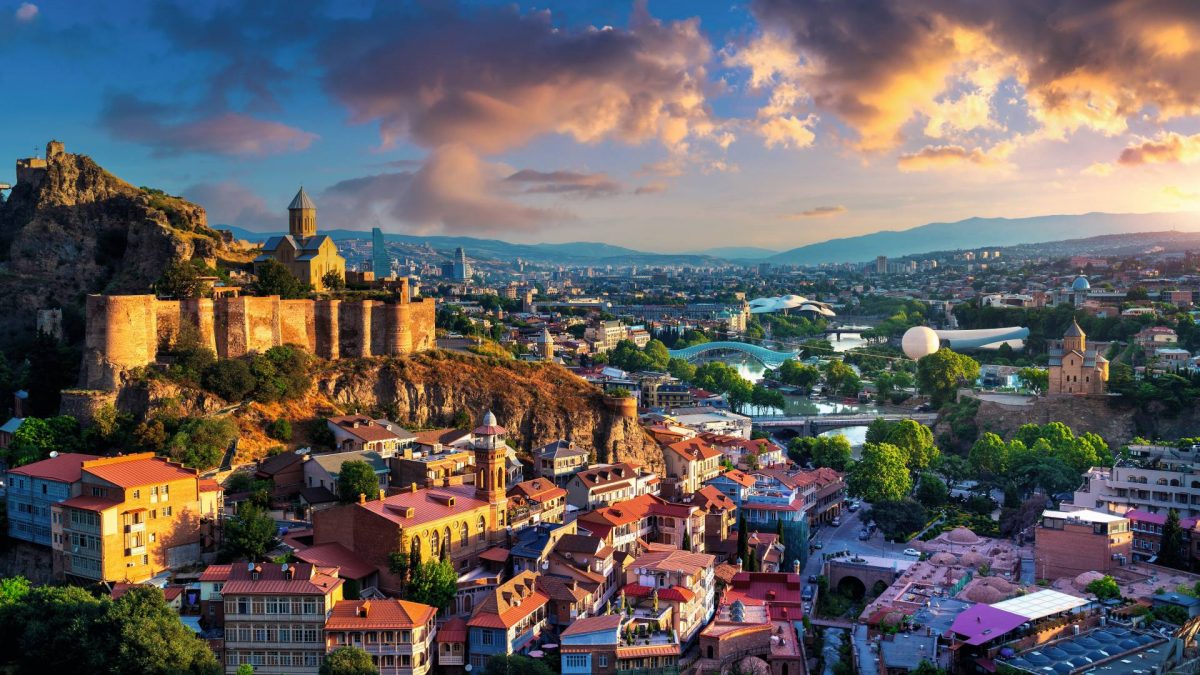
To Warmer Regions
From the wind-swept viewing platform of Mount Mtatsminda, you can see the entirety of Tbilisi, with its rolling landscape and dense architecture, as if it were in the palm of your hand. A visit here offers not only the opportunity to take fantastic photos and ride in a historic cable car, which is an adventure in itself but also the chance to embark on a semi-sporty hike down from the peak along one of the paths leading to the city center. One path takes you through the Pantheon, where Alexander Griboyedov is buried among others, while another leads to the famous Narikala Fortress — from its towers, you can enjoy even better views of the neighborhoods, the magnificent Kartlis Deda (Mother of Georgia) monument on Sololaki Hill, the silver ribbon of the Kura River, and the equally “flowing” futuristic towers of the concert hall in Rike Park. The viewing platforms at both the Upper Bethlehem Church and the Tabor Monastery of the Transformation are excellent spots for admiring city panoramas. But nothing beats experiencing Tbilisi firsthand — whether it’s trekking through the undergrowth of the recently renovated National Botanical Garden, briskly marching down Rustaveli Avenue, leisurely strolling through leafy streets, peeking into Tbilisi courtyards, sipping a potent coffee in a tiny café, or enjoying a hearty lunch with khinkali at one of the Pasanauri chain restaurants. You can also grab a bite at the trendy public space Fabrika — a former sewing factory that now houses restaurants and bars, as well as a record store and a pottery studio.
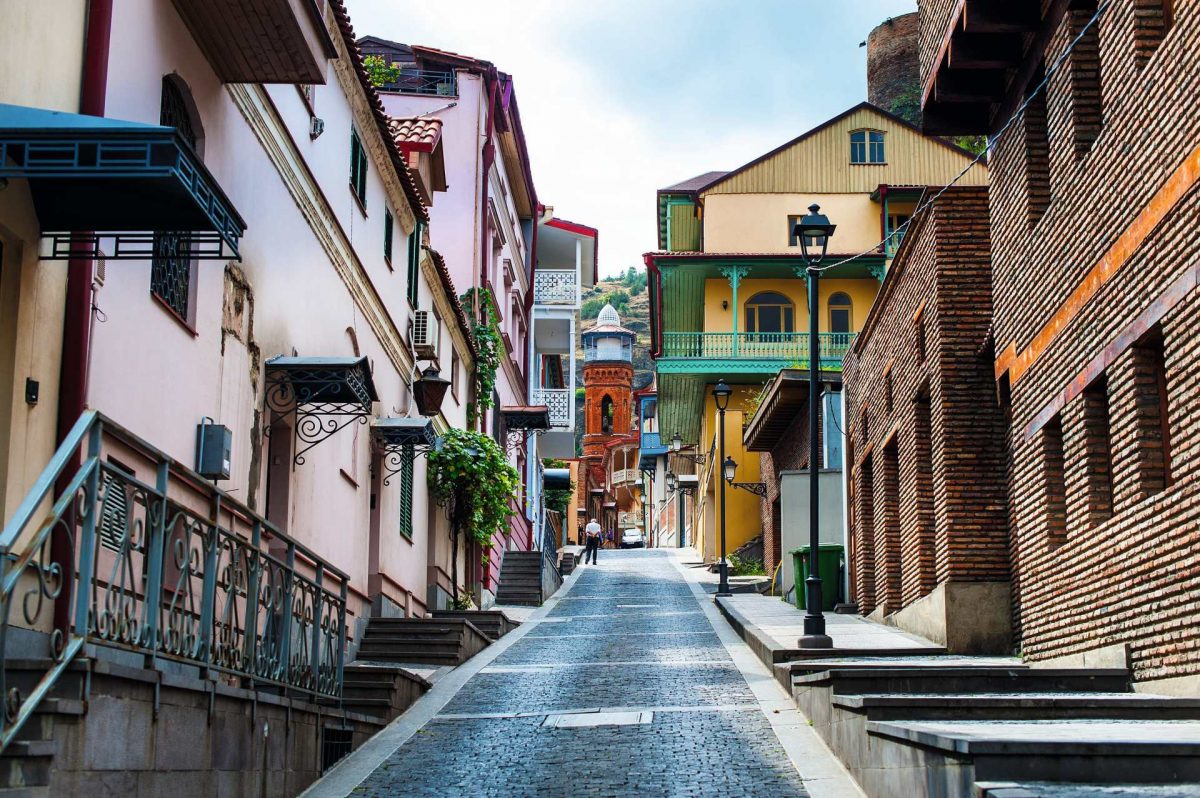
You shouldn’t miss the famous sulfur baths of Tbilisi, located in the Abanotubani district. In fact, these baths are the city’s cornerstone, as the name Tbilisi itself derives from “tbili,” meaning “warm.” These sulfur springs were valued by the patricians of the Roman Empire, praised by Alexandre Dumas Sr., and admired by Pushkin. And of course, the experience wouldn’t be complete without a ritual with a bathhouse attendant — who scrubs you with a special mitten, bathes you in frothy soap bubbles, and even gives you a gentle massage. Upon leaving, you’ll feel completely rejuvenated, with all fatigue and strain from hiking the Tbilisi hills melted away.
When visiting Tbilisi in May, it’s always a good idea to keep track of the events calendar, as the city comes alive with activities that bloom like spring flowers on a mountain meadow. From May 4 to 8 is Tbilisi Fashion Week, sponsored by Mercedes-Benz (don’t forget about the ultra-chic Georgian designers who have long taken the world’s catwalks by storm). In May, at the New Wine Festival in Mtatsminda Park, you can taste… not Beaujolais but wines from Georgian vineyards, both large and small, freshly drawn from traditional clay qvevri pots. Also, from May 14 to 19, exhibitions will be held in parks and museums as part of the Kolga Tbilisi Photo conceptual photo contest — photographers from dozens of countries usually participate, presenting their works in five categories to the jury.
The National Gallery and the Art Palace of Georgia, the Zurab Tsereteli Museum of Modern Art, and small private galleries, as well as street art tours, all form a unique open-air exhibition. A separate visit should — and must — be devoted to Tbilisi’s museums, but that’s a story for another time.
Tough Nut to Crack
Located in the wine region of Kakheti, the picturesque Sighnaghi, seemingly floating above the valley, has recently become a popular day trip destination from Tbilisi — primarily for the city’s residents and then for tourists. Visitors are drawn to the Great Georgian Wall — the ancient fortress that seems to embrace the city with its robust walls and preserved bastions: not all are open to the public, but there are more than enough that are. From their viewing platforms, you can enjoy breathtaking views of the mountains disappearing into the mist and the Alazani Valley — views that rival those from the terraces of local restaurants. It’s also enjoyable to simply stroll along the cobblestone streets with their churches, squares, and markets — thanks to this scenery, Sighnaghi could easily be mistaken for a provincial Italian town.
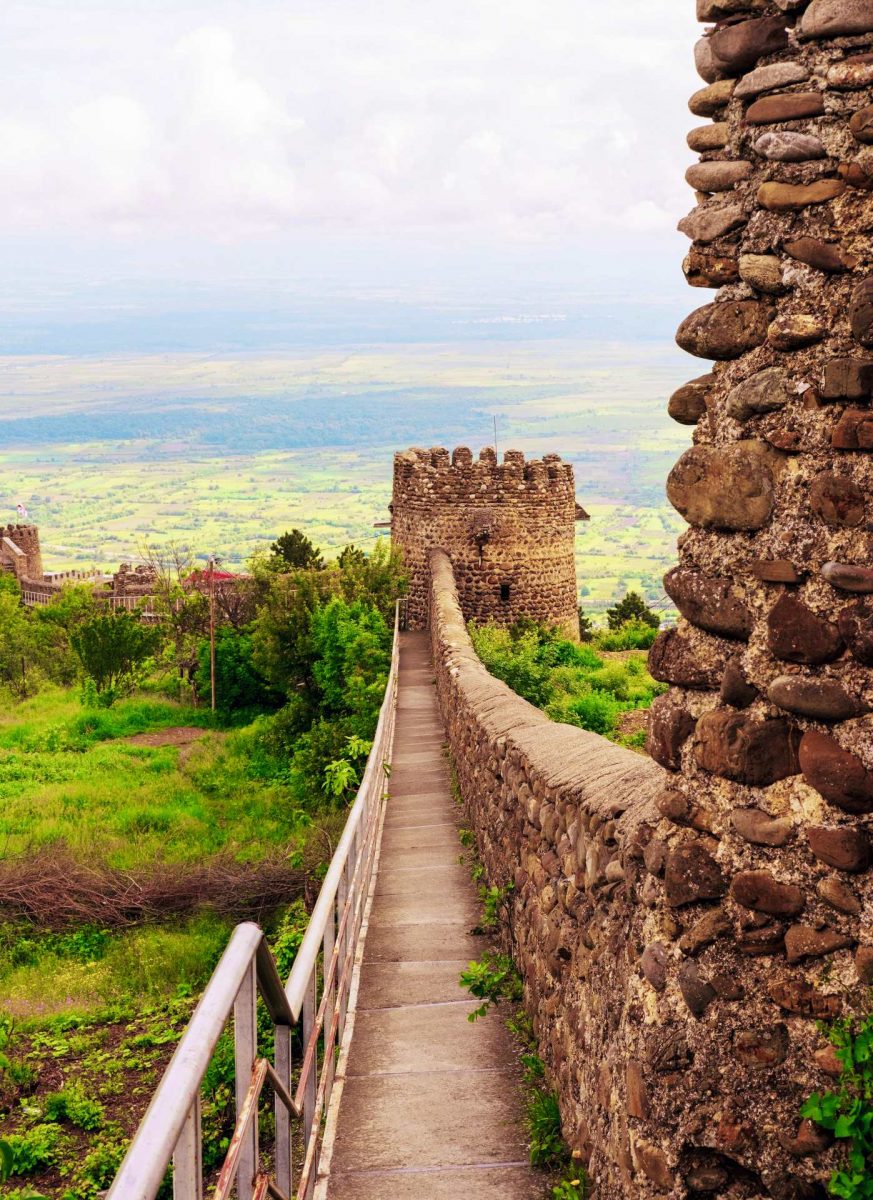
High Fashion
Stepantsminda, or Kazbegi, is merely a convenient base for those planning to ascend the five-thousand-meter “sugar-headed” Mount Kazbek. While it’s possible to do so from the Ossetian side, those who value comfort and a greater variety of landscapes choose to start here. In clear weather, the peak is visible from almost any hotel in town, so during the season they are always filled with both those wanting to test their endurance and those who simply enjoy mountain panoramas. Both groups can acclimatize with a short trek (which can also be done on horseback or by car) to the ancient Gergeti Trinity Church, as well as walks through local gorges, visits to the Gvelet waterfall, and trips to the high-altitude village of Dzhuta. For the most laid-back visitors, a helicopter tour is recommended, offering a view of Kazbek from an altitude unreachable by others.
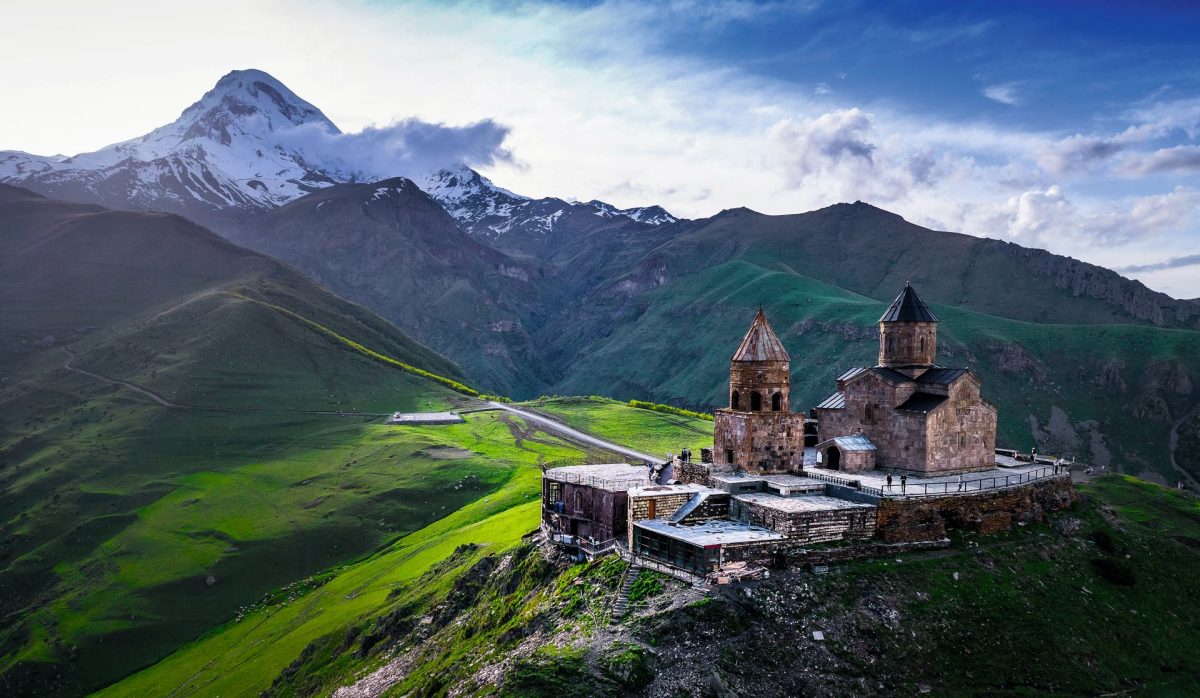
Photo: shutterstock.com
